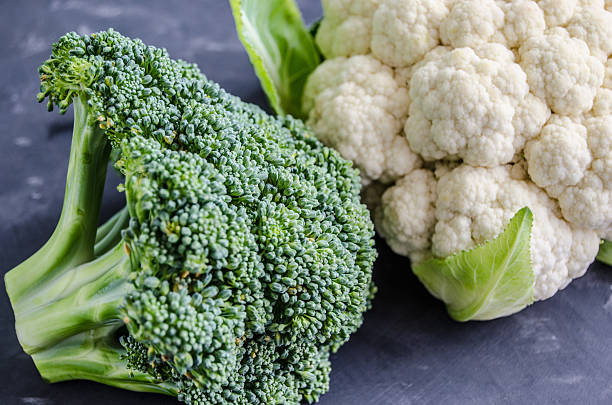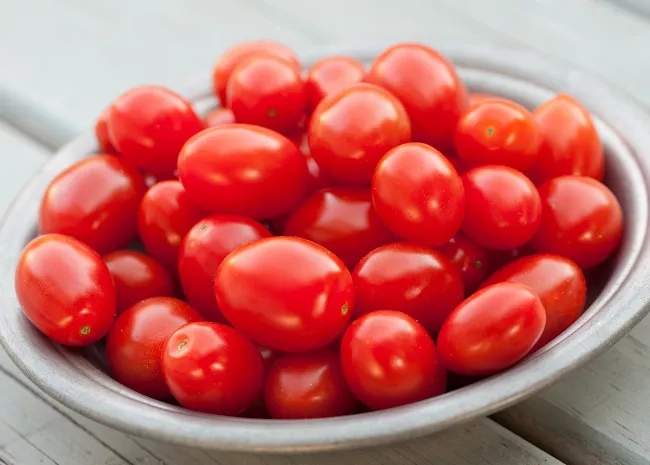The Ultimate Guide to Women’s Weight Loss: Tips, Strategies, and Motivation

Weight loss is a common goal for many women, whether it’s about improving health, feeling better about themselves, or achieving a specific aesthetic. But with so much conflicting information and fast-fix solutions available, it can be difficult to know where to start or how to maintain consistency. In this comprehensive guide, we’ll cover practical strategies, helpful tips, and motivational advice to support women on their weight loss journey.
1. Understanding Weight Loss for Women
Before diving into methods, it’s important to recognize that women’s bodies work differently from men’s, which can impact weight loss. Women tend to have a higher percentage of body fat than men, and fluctuations in hormones—such as estrogen and progesterone—can influence metabolism, hunger, and fat storage. This is why the approach to weight loss may require more tailored strategies.
Another factor to consider is age. As women get older, their metabolism naturally slows down, and hormonal changes during perimenopause and menopause can affect how the body stores fat. This makes it essential to adjust your approach based on your life stage and unique body needs.
2. Creating a Calorie Deficit
Weight loss fundamentally comes down to one principle: calorie deficit. A calorie deficit occurs when you burn more calories than you consume. This forces the body to use stored fat for energy, leading to weight loss over time.
How to Create a Calorie Deficit:
- Track Your Calories: Using an app like MyFitnessPal or a food diary can help you keep track of what you’re eating and drinking. This will give you a clear picture of where you may be overeating or making unhealthy choices.
- Calculate Your Basal Metabolic Rate (BMR): Your BMR is the number of calories your body needs to maintain its current weight at rest. Knowing this number helps you determine how many calories to consume to create a safe and sustainable deficit.
- Moderate Caloric Reduction: Aim for a 500-750 calorie reduction per day, which can result in a safe weight loss of about 1-1.5 pounds per week.
3. Nutrition for Weight Loss
Eating the right foods is key to not only losing weight but also ensuring your body is getting the nutrients it needs. Focus on nutrient-dense foods that will keep you full, energized, and satisfied.
Key Nutritional Tips:
- Prioritize Protein: Protein plays a vital role in weight loss by helping build muscle, maintaining lean tissue, and keeping you full longer. Good sources of protein include chicken, turkey, fish, tofu, beans, and Greek yogurt.
- Incorporate Healthy Fats: Healthy fats, such as those found in avocados, nuts, seeds, and olive oil, are essential for brain function and can also promote satiety, reducing the likelihood of overeating.
- Load Up on Vegetables: Vegetables are low in calories but high in fiber, vitamins, and minerals. Fill your plate with a variety of colorful veggies to add volume without adding excessive calories.
- Limit Processed Foods: Processed foods like sugary snacks, fast food, and packaged meals are often high in calories, unhealthy fats, and sugar. Reducing your intake of these foods can significantly help in achieving your weight loss goals.
4. Exercise: A Powerful Ally in Weight Loss
Exercise plays a critical role in weight loss by burning calories, improving metabolism, and helping to maintain muscle mass as you lose fat. The key is consistency and combining both aerobic (cardio) and strength training exercises.
Best Types of Exercise for Women’s Weight Loss:
- Cardio Workouts: Activities like walking, jogging, cycling, swimming, and dancing are great for burning calories and improving heart health. High-intensity interval training (HIIT) is also a powerful cardio workout that burns fat in less time by alternating between intense bursts of activity and periods of rest.
- Strength Training: Lifting weights or using bodyweight exercises (like squats, lunges, and push-ups) helps to build muscle. More muscle means a higher resting metabolic rate, which helps you burn more calories even when you’re not working out.
- Flexibility and Balance: Yoga and Pilates can improve flexibility, reduce stress, and help prevent injury while contributing to overall fitness.
Aim for at least 150 minutes of moderate-intensity exercise per week, which can be broken down into manageable sessions. If you’re pressed for time, shorter, more intense workouts can be just as effective.
5. Building Consistency and Motivation
Weight loss can be a slow process, and it requires discipline and consistency. Staying motivated through ups and downs can be one of the biggest challenges, but there are several strategies you can use to stay on track.
Tips for Maintaining Motivation:
- Set Realistic Goals: Instead of focusing solely on the number on the scale, set smaller, more achievable goals like improving your strength, running a certain distance, or sticking to your healthy eating plan for a set number of days. Celebrate your progress, no matter how small.
- Find a Support System: Having someone to share your journey with can make the process more enjoyable and keep you accountable. Whether it’s a friend, family member, or a fitness community, support can help you stay on track.
- Track Your Progress: Keep a journal or use apps to track your food intake, exercise, and weight loss progress. Seeing your improvements can motivate you to continue working toward your goal.
- Don’t Be Too Hard on Yourself: There will be days when you don’t feel like working out or when you indulge in a treat. It’s important to be kind to yourself. Remember that weight loss is a marathon, not a sprint.
6. The Role of Sleep and Stress Management
Two often-overlooked factors in weight loss are sleep and stress. Poor sleep and high stress can lead to weight gain or hinder your progress by affecting hunger hormones, metabolism, and decision-making.
- Sleep: Aim for 7-9 hours of sleep per night. Sleep helps regulate hormones like leptin (which controls hunger) and ghrelin (which triggers appetite). Quality sleep is essential for muscle recovery and overall well-being.
- Stress Management: Chronic stress can lead to overeating and emotional eating. Incorporating relaxation techniques like deep breathing, meditation, or journaling can help you manage stress more effectively.
7. Conclusion
Weight loss for women is a multifaceted journey that involves a combination of nutrition, exercise, consistency, and mental well-being. It’s important to approach weight loss with a long-term mindset and avoid crash diets or unsustainable routines. Instead, focus on creating lasting, healthy habits that you can maintain for life.
By setting realistic goals, staying consistent with your efforts, and listening to your body, you can achieve and maintain your desired weight in a healthy and fulfilling way. Remember, every woman’s journey is unique, and there’s no one-size-fits-all approach to weight loss.




